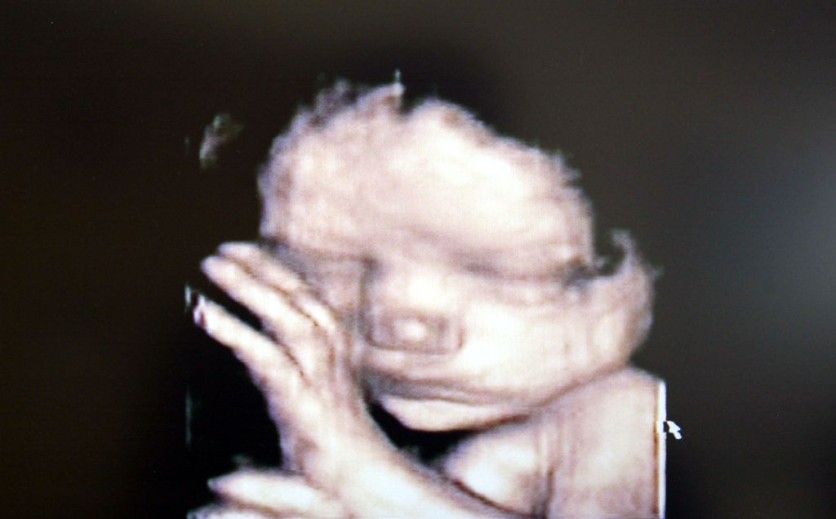Researchers have found that utilizing Doppler ultrasound to assess blood flow in small unborn babies is instrumental in evaluating the functionality of the placenta. About 10 percent of unborn babies exhibit smaller-than-expected size for their developmental stage.

NEW ZEALAND - DECEMBER 01: Stock Photography. A 3D ultrasound showing a baby inside the womb.
Detecting Placenta Problems in Small Babies
While no pregnancy intervention is necessary for healthy small babies, those with a malfunctioning placenta may require action, potentially involving induced birth. Recent research highlights the role of Doppler ultrasound in assessing placental functionality for small unborn babies.
It is crucial to implement extra monitoring for these babies, particularly if consistent deviations from Doppler measurements are observed, as reported by Interesting Engineering. These deviations indicate an elevated risk of oxygen deficiency and other potential health issues for the baby.
In cases where Doppler measurements consistently show variations, it becomes imperative to conduct additional monitoring for the unborn baby. These variations suggest an increased likelihood of oxygen deficiency and potential health issues for the baby.
The study, a collaboration between Amsterdam UMC, UMC Groningen, and 17 other Dutch hospitals, underscores the vital role of Doppler ultrasound in initially detecting pregnancies with babies too small due to placental malfunction.
Elevated Risks, Other Health Problems
Doppler ultrasound is essential for identifying variations in blood flow, indicating an elevated risk of oxygen deficiency and other health problems for the baby, as per EurekAlert.
Wessel Ganzevoort, Associate Professor of Obstetrics at Amsterdam UMC, emphasizes the importance of tracking down babies smaller due to placental issues, which means it is incredibly important to identify which babies are smaller due to the placenta.
In this instance, the device assessed the resistance of blood vessels in the umbilical cord, offering insights into blood flow to the placenta while also measuring the blood supply to the child's brain.
The findings of the study indicated that persistent deviations from these Doppler measurements correlate with an increased risk of oxygen deficiency and other health issues for the baby.
The research concluded that inducing labor before 37 weeks did not yield better outcomes, underscoring the significance of waiting until at least 37 weeks of pregnancy to induce labor for small babies.
Mauritia Marijnen, a PhD candidate at Amsterdam UMC and the primary author of the study, pointed out that while the capabilities of a Doppler ultrasound were already known, its widespread use is not yet standard in all hospitals.
Also Read : AI-Assisted Ultrasounds are Coming from GE Health with Bill & Melinda Gates Backing the Project
Medical Xpress reported that the research findings now underscore the added value of this measurement in detecting pregnancies in babies that are too small due to a malfunctioning placenta.
The integration of Doppler ultrasound into the care plan for undersized babies enables better identification and monitoring of the higher risk of childbirth-related problems.
Moreover, small babies with normal measurements can undergo less intensive monitoring, enhancing the likelihood of a natural delivery without intervention.
Related Article : This New Ultrasound-Based 3D Printing Tech Could Pave the Way for Less Invasive Surgeries

ⓒ 2026 TECHTIMES.com All rights reserved. Do not reproduce without permission.




